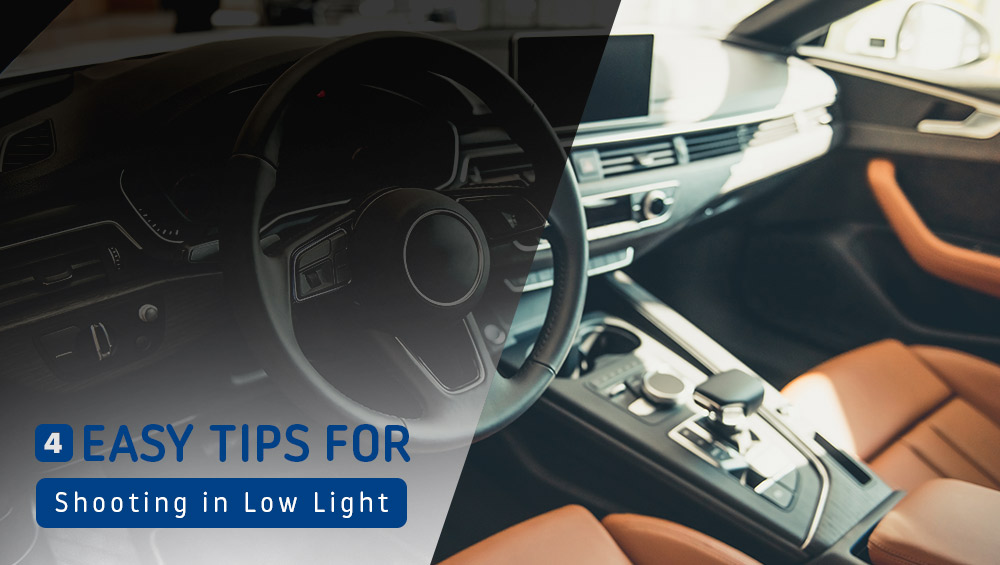On-location shoots often require an assortment of tools beyond your camera and charismatic personality. As a savvy event or wedding photographer, you know the equipment required for dynamic shoots may take you from broad daylight to staged situations, low-light shooting, and everything in between. You also know that ease, simplicity, and adaptable tool kits are essential if you’re a one-person photography show. Keeping costs low and eliminating an assistant is the key to improving revenue for your business.
Your Low-Light Toolbox of Gear and Methods
Shooting in low light can be difficult while managing “moving target” subjects, but off-camera flash and other methods can be the key between “blah” photos or “wow” images. Consider lightweight and highly adaptable cold shoe setups, and put the “wow” in your portfolio and client relationships. Here are the best low-light photography tips.
1. Turn to Off-Camera Flash
Illuminate a hard-to-light space using a versatile cold shoe setup. Since you’re working solo, you need to source equipment that meets the demands of the fast pace and dynamic needs of your shoot. Ensure supplemental flash equipment has a quick-release option, is simple to set up on your own, and is:
- Adaptable: Consider an adaptable cold shoe mount, such as the Frio Hold, which connects to tripods, articulating arms, light stands, and video rigs.
- Versatile: Mount to arms, light stands, C-stands, roller stands, wall plates or any other standard grip gear with a versatile cold shoe and baby pin adapter combo like the Frio Stand.
- Secure: If your low-light shoot takes place in a venue with smooth surfaces, like windows, secure your flash via the vacuum pump Frio Cling.

2. Use Slow Shutter Speeds
Using slow shutter speeds allows ample light with a longer exposure, yet necessitates a very steady hand or tripod. If you’re not able to haul your tripod to the event and require your subjects to remain as still as statues for the entire duration of your exposure during low-light shooting situations, you want to opt for off-camera flash. Use a Frio multipurpose clamp cold shoe setup as your go-to solution for the most difficult lighting applications. Explore Mini and Bigi setups.
3. Consider Aperture
As the aperture rules how much light filters through your camera’s image sensor, a low f-stop number or maximum aperture can assist in capturing low-light images without the use of flash. Depending on your camera, you should be able to update your settings to “Aperture priority” mode or manually adjust your aperture settings. For instance, your maximum aperture would be f/1.8 with a 35mm f/1.8 prime lens.
4. Shoot in RAW Format
Shooting in RAW format allows your camera’s sensor to capture far more detail and information. This improves your ability to manipulate details and shadows in post-processing software like Lightroom. However, choosing off-camera flash equipment paired with a cold shoe setup will save you time in post and speed up your workflow.
Simplify Shoots With Versatile Equipment
Simplify your low-light shoots with simple, lightweight solutions that won’t weigh you down. Find lighting solutions to save you both time and money by exploring Frio’s cold shoe setups.
